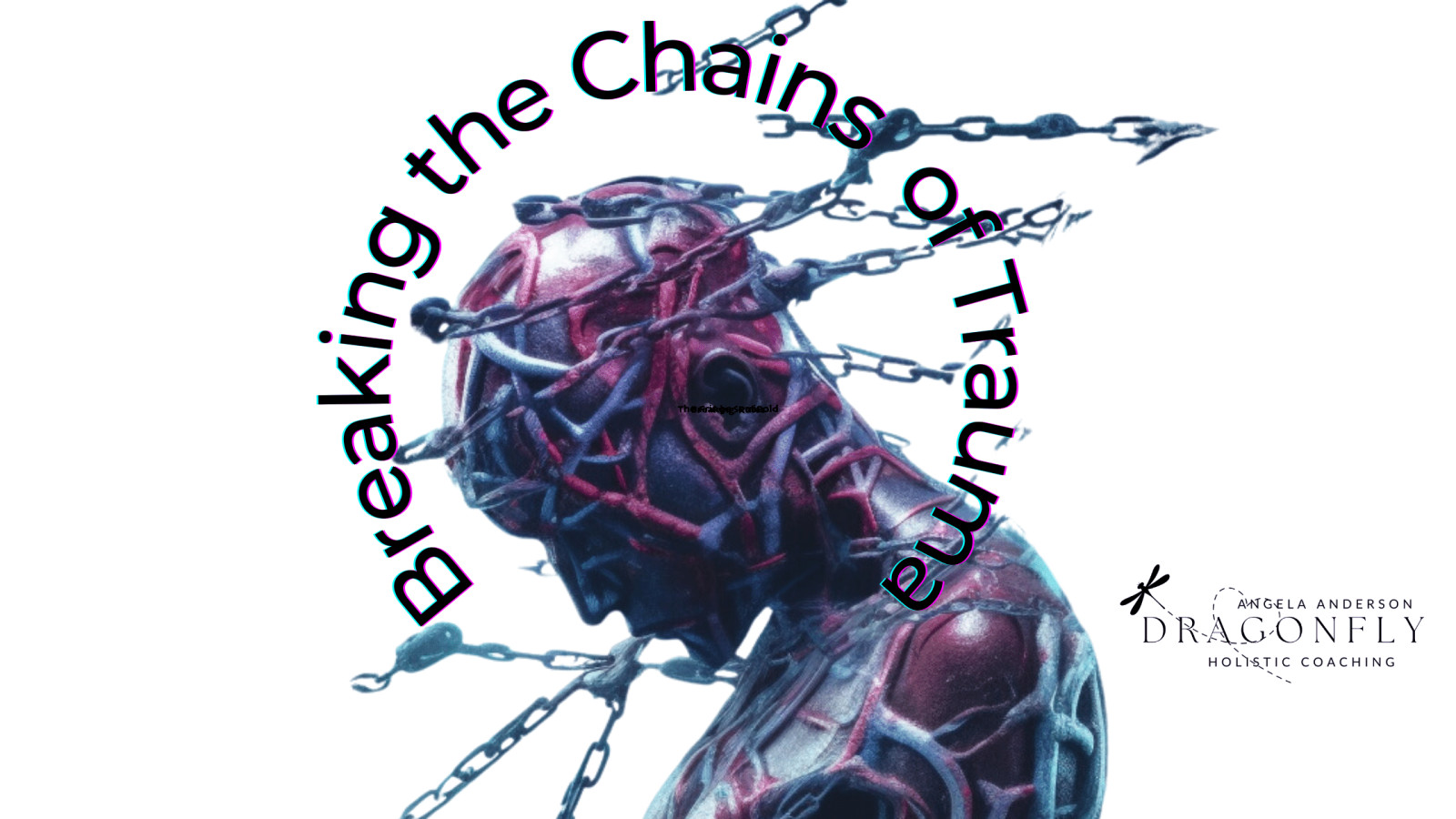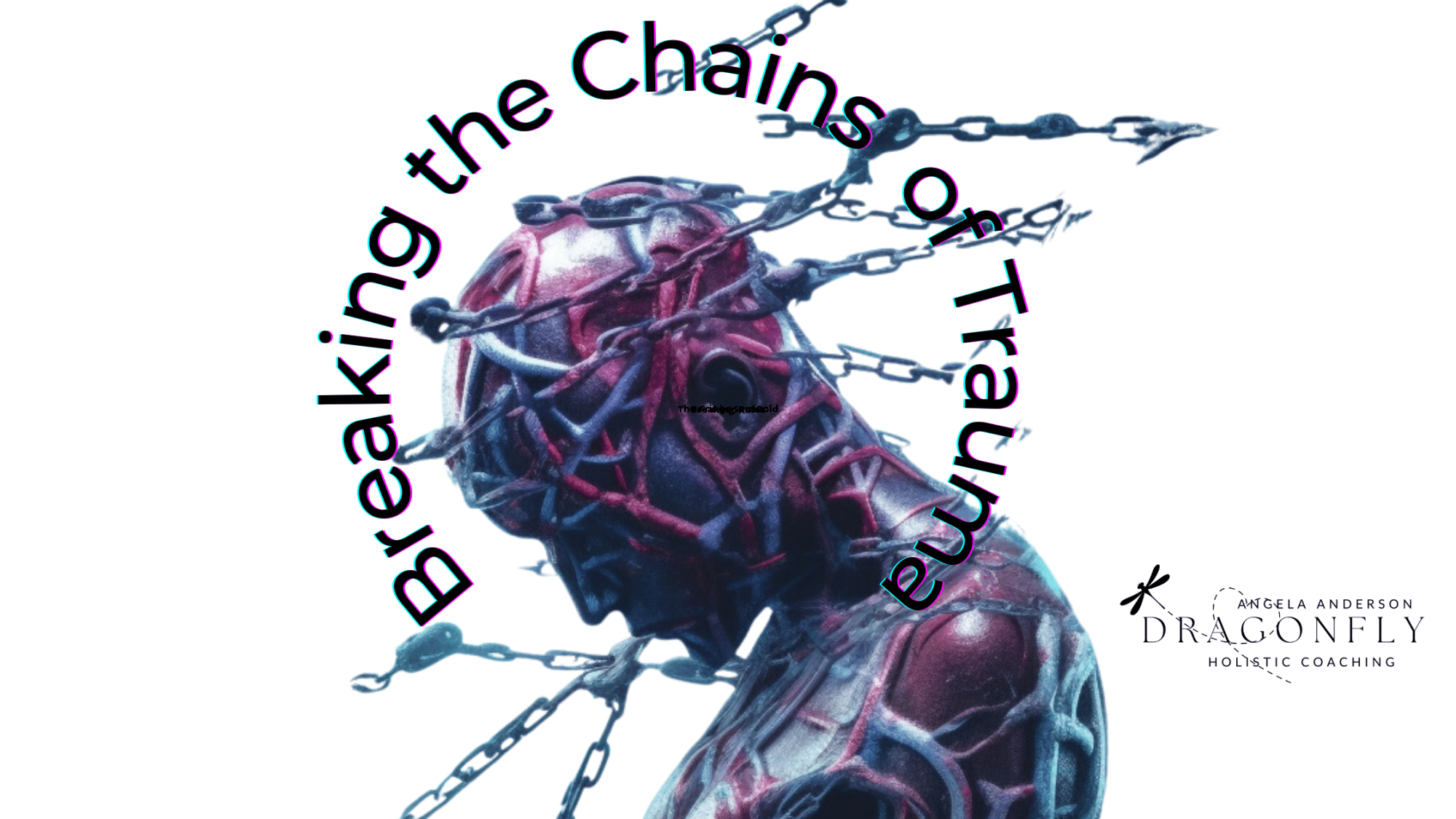Stress is more than a mental experience—it's a biological response rooted in how our bodies react to threats. Chronic stress forces the body into "wartime metabolism," where adrenaline and cortisol are released to prepare for immediate dangers, but prolonged stress can lead to severe health issues by suppressing essential bodily functions. Understanding this shift and its long-term consequences, such as hormonal imbalances and chronic inflammation, is crucial for managing stress and maintaining health.
"Wartime metabolism" highlights how the body switches from energy production to defense during periods of acute stress, a state that, if persistent, can lead to conditions like fatigue, autoimmune disorders, and metabolic issues. Chronic stress keeps cortisol levels elevated, resulting in hormonal imbalances, suppressed immune function, and metabolic disruption. Prolonged high cortisol levels are particularly harmful, causing issues such as decreased libido, infertility, and cognitive decline.
Building resilience is essential for transitioning the body back to "peacetime metabolism," where normal metabolic functions resume. Strategies such as regular physical exercise, intermittent fasting, thermal stress exposure, mind-body practices, and proper nutritional support can help manage cortisol levels and support the body's ability to bounce back from stress. These steps can restore balance, enhance overall health, and improve long-term well-being.
Read more...
The Serenity Prayer offers profound wisdom, emphasizing acceptance, courage, and discernment as key components to navigating life's tumultuous journey. This timeless invocation encourages us to gracefully accept things beyond our control while finding the courage to change what we can. Significantly, it teaches us the critical skill of distinguishing between the two, allowing us to focus our energies wisely and live more fulfilling lives.
Understanding the concept of control is crucial to applying the Serenity Prayer's wisdom in our personal and professional lives. The distinction between our Circle of Influence and Circle of Control is particularly enlightening, illuminating areas of our lives we can directly affect versus those we cannot. By embracing this framework, we learn to conserve our energy for endeavors where we can make a genuine impact, thus fostering resilience and a sense of empowerment.
The beauty of the Serenity Prayer and the subsequent reflection on control and influence lies in its simplicity and depth. It not only guides us in facing challenges but also in proactively shaping a life of purpose and contentment. In doing so, it challenges us to widen our Circle of Influence through actions, strengthen our Circle of Control by making conscious choices, and apply wisdom to discern our efforts' most effective application.
Read more...

Trauma encompasses a wide range of experiences, from acute traumatic incidents to complex and prolonged exposure to distressing events. It can stem from various sources, such as accidents, abuse, loss, or violence. It is essential to acknowledge the subjective nature of trauma, as individuals may respond differently based on their unique circumstances and resilience.
Trauma can manifest in various ways, impacting various aspects of our lives. Physically, it can give rise to chronic pain, sleep disturbances, and digestive issues. Emotionally, trauma survivors may experience a range of intense emotions, including fear, anger, sadness, and guilt. The psychological manifestations of trauma can affect cognition, perception, and sense of self, leading to difficulties in concentration, memory recall, and decision-making.
To truly understand trauma, we must recognize the intricate connection between the mind, body, and nervous system. Trauma triggers the body's stress response, activating the fight-or-flight response or the freeze response. These physiological reactions can have lasting effects on our overall well-being and contribute to the development of physical and mental health conditions.
By developing a deeper understanding of trauma and its manifestations, we can cultivate empathy and support for ourselves and others, laying the foundation for healing, growth, and resilience.
Remember, you are not alone. Together, we can break the chains of trauma and embark on a transformative journey towards a brighter, resilient future.
While trauma can have profound and far-reaching effects, it is crucial to remember that healing and resilience are possible.
Understanding trauma is the first step towards reclaiming our well-being and breaking free from its chains.
Note: Throughout my upcoming course, "Breaking the Chains of Trauma" we delve into the importance of self-care, self-compassion, and nurturing practices. This blog post provides a brief glimpse into the content of Section 1: Understanding Trauma. For a comprehensive understanding and to access the full course, please be sure to subscribe to our email newsletter for updates.
In Section 1 of our course, we explore the nature of trauma, its physical, emotional, and psychological manifestations, and the intricate connection between trauma and our overall well-being. By embarking on this journey, we begin to unravel the complexities of trauma, nurturing a space of understanding, empathy, and healing. We move beyond the labels, stigma and pain and move toward greater capacity for self-care, resilience and growth.
Stay tuned for the upcoming posts extracted from this transformative course, where we delve into the intersection of trauma and self-care, explore the role of self-compassion and resilience in trauma recovery, and provide practical strategies for integrating self-care practices into our daily lives. Join us on this empowering journey as we navigate the path to healing and resilience.





